Enter a surname, town name or other keyword to search the database. Remember to
allow for the different spellings of 'Mc' and 'Mac.' Good luck!
{Search tips: Use single word search terms for more results}
You must enter some valid character(s) into the search field
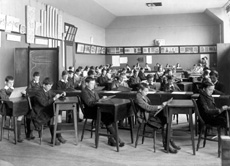
Reference: IRAA
Inverness Royal Academy Large ...
|
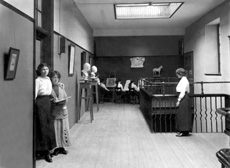
Reference: IRAA
Inverness Royal Academy Corrid...
|
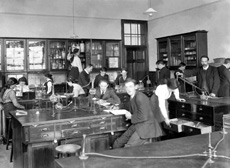
Reference: IRAA
Inverness Royal Academy Scienc...
|
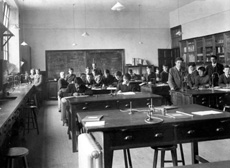
Reference: IRAA
Inverness Royal Academy Scienc...
|
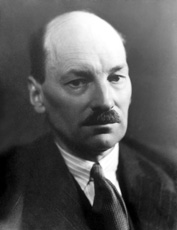
Reference: H-0239
Clement Richard Attlee (1883-1...
|
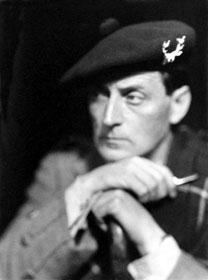
Reference: H-0238b
Sir Compton Mackenzie, (1883-1...
|
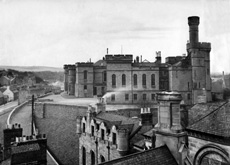
Reference: H-0255
Inverness Castle in April 1934...
|
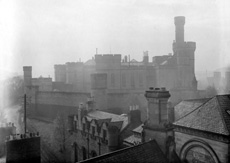
Reference: H-0254
Mist over Inverness Castle wit...
|
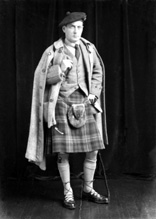
Reference: H-0238
Sir Compton Mackenzie, (1883-1...
|
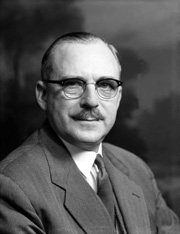
Reference: 45393b
Sir Leslie Joseph. Ex-Major Jo...
|
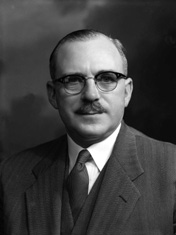
Reference: 45393a
Sir Leslie Joseph. Ex-Major Jo...
|
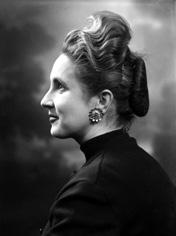
Reference: 45435
Mrs White, Longman Road, Inver...
|